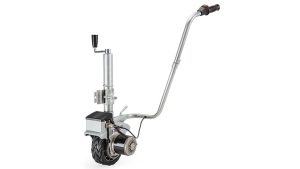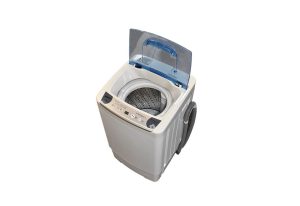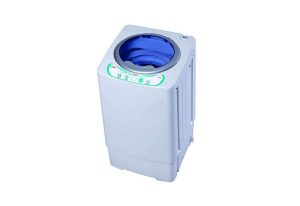When venturing into the great outdoors, having a reliable and effective emergency communication device is a must. Personal locator beacons (PLBs) are one such device that have gained popularity in recent years. But are they really worth the investment? In this article, we will explore the benefits and drawbacks of using a personal locator beacon to help you decide if it’s the right choice for your outdoor adventures.
What is a Personal Locator Beacon?
A personal locator beacon is a handheld device that transmits a distress signal in the event of an emergency. When activated, the beacon sends a signal to satellites orbiting the earth, which then relay the signal to search and rescue teams. PLBs are designed to work in remote and rugged environments where traditional communication methods may not be available.
Benefits of Using a Personal Locator Beacon
Increased Safety and Security
One of the most significant benefits of using a personal locator beacon is increased safety and security. In the event of an emergency, a PLB can quickly and accurately transmit your location to search and rescue teams, allowing them to respond more efficiently. This can be especially crucial in situations where time is of the essence, such as in cases of severe injury, severe weather, or other life-threatening situations.
Global Coverage
Personal locator beacons are designed to work anywhere in the world. This means that no matter where you are, you can rest assured that you have access to emergency services if you need them. PLBs are not limited by cell phone coverage, which can be spotty or non-existent in remote areas. This makes them an ideal emergency communication device for hikers, campers, boaters, and other outdoor enthusiasts who may venture off the grid.
Easy to Use
Personal locator beacons are straightforward to use, with most models featuring a simple one-button operation. Once activated, the device will start transmitting your distress signal immediately, without the need for additional setup or configuration. This makes them an ideal emergency communication device for those who may not be familiar with advanced technology or who need to quickly call for help.
Drawbacks of Using a Personal Locator Beacon
High Cost
One of the most significant drawbacks of using a personal locator beacon is the high cost. Most PLBs cost several hundred dollars, which can be a significant investment for some outdoor enthusiasts. In addition to the initial cost, PLBs also require periodic battery replacement, which can add to the overall cost of ownership.
Limited Functionality
Personal locator beacons are designed to be used in emergency situations only. They are not a communication device and cannot be used for non-emergency purposes. This means that if you need to communicate with friends or family while on a trip, you will need to bring additional communication devices such as a satellite phone or two-way radio.
False Alarms
Personal locator beacons can also be prone to false alarms. This can be caused by accidental activation or by other factors such as severe weather or other environmental conditions. False alarms can be a significant drain on search and rescue resources and can result in fines or penalties for the user.
Conclusion
So, is a personal locator beacon worth it? The answer ultimately depends on your specific needs and circumstances. If you frequently venture into remote or rugged environments where traditional communication methods may not be available, a PLB can provide an added layer of safety and security. They are easy to use, and their global coverage means that you can rely on them no matter where you are.
However, if you are on a tight budget or only venture into more populated areas, a personal locator beacon may not be necessary. Additionally, false alarms can be a significant drawback, and users should take care to avoid accidental activation.
Ultimately, when it comes to emergency communication devices, it’s better to be safe than sorry. If you are someone who spends a lot of time in the great outdoors, a personal locator beacon can provide peace of mind and help ensure that you are prepared for any emergency that may arise.
When selecting a personal locator beacon, it’s essential to choose a reputable brand and model that meets industry standards. The National Oceanic and Atmospheric Administration (NOAA) and the Federal Communications Commission (FCC) regulate PLBs in the United States, and devices must meet specific requirements to be approved for use.
It’s also important to understand how to use your PLB correctly and to follow all manufacturer guidelines for battery replacement and device maintenance. By taking these steps, you can help ensure that your personal locator beacon is always ready to use in the event of an emergency.






